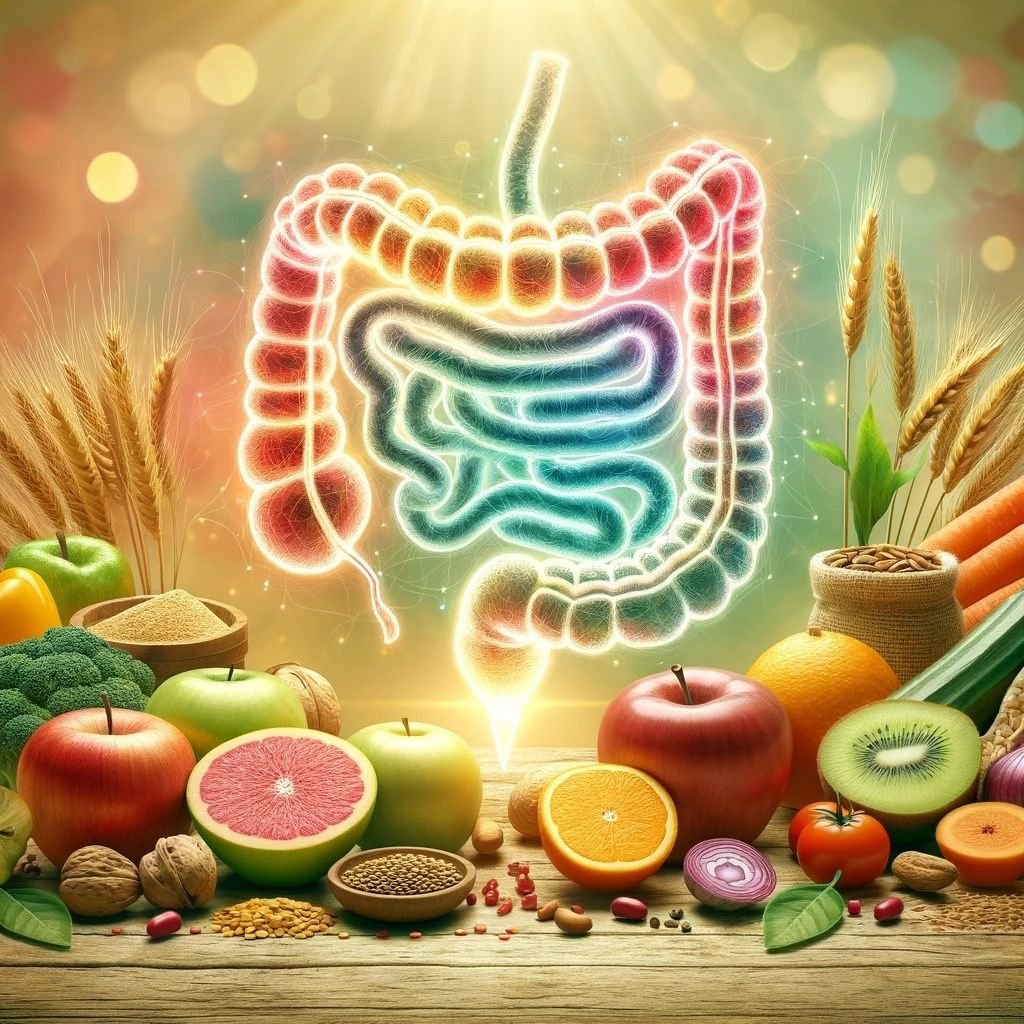What to Eat for Your Gut Health? [ Gut-healing Guide ]
Welcome, Wellness Warriors, to another deep dive into the heart of your well-being! Today, we’re tackling a topic that’s fundamental to your overall health: your gut. Far from just a processing plant for food, your digestive system is a complex ecosystem, a bustling metropolis of gut microbes that profoundly influences everything from your immune response to your mental health.
In our quest to be an authority in wellness, we’re going to unravel the intricate relationship between what you eat and the health of your gut lining. We’ll move beyond generic advice and delve into the specifics, armed with scientific facts to empower you on your journey to a thriving digestive tract.
The Gut: Your Second Brain and Beyond
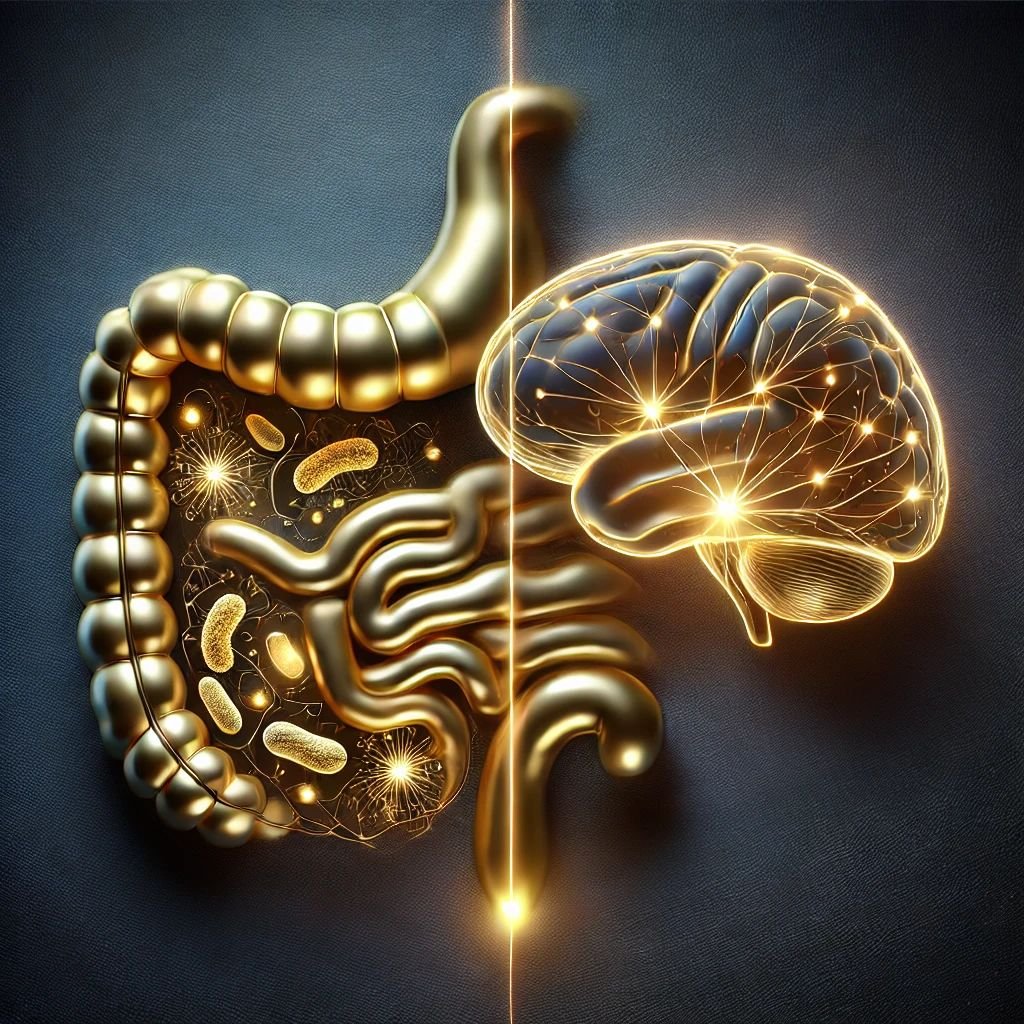
Before we talk about the best foods to eat, let’s understand why your gut is such a big deal. Your gastrointestinal (GI) tract, stretching from your mouth to your anus, is home to trillions of microorganisms collectively known as your gut microbiota. This diverse community of good bacteria and, yes, some bad bacteria, plays a pivotal role in nutrient absorption, vitamin synthesis, and even the regulation of your mood.

When this delicate balance is disrupted, a state often referred to as dysbiosis, it can lead to a cascade of digestive issuesand health conditions. We’re talking about everything from common digestive symptoms like bloating, gas, and stomach pain to more severe issues such as irritable bowel syndrome (IBS), inflammatory bowel disease (IBD)(including Crohn’s disease and ulcerative colitis), and even certain autoimmune diseases. Research also links poor gut health to increased risk of chronic diseases like heart disease and type 2 diabetes, and even mood disorders. The good news is, with the right dietary approach, you can significantly influence your gut microbiota for the better.
What are the guts and how it works?
The “guts,” more formally known as the gastrointestinal (GI) tract or digestive system, is a long, winding tube that extends from your mouth to your anus. Its primary role is to process the food you eat, extracting essential nutrients and eliminating waste.

The journey begins in the mouth, where chewing and saliva start breaking down food. It then travels down the esophagus to the stomach, where strong acids and digestive enzymes further liquefy it. This partially digested food, called chyme, then moves into the small intestine. Here, most nutrient absorption of nutrients occurs. The small intestine is lined with tiny, finger-like projections called villi, which dramatically increase its surface area for efficient absorption.
Next, the remaining undigested material and water enter the large intestine. This is where water is reabsorbed, and the vast community of gut microbiota (trillions of good bacteria and other microbes) ferments remaining fiber, producing beneficial compounds like fatty acids and vitamins. Finally, waste is eliminated from the body. This entire process is orchestrated by a complex interplay of muscles, nerves, hormones, and the gut microbes, ensuring smooth digestion and contributing significantly to overall health.
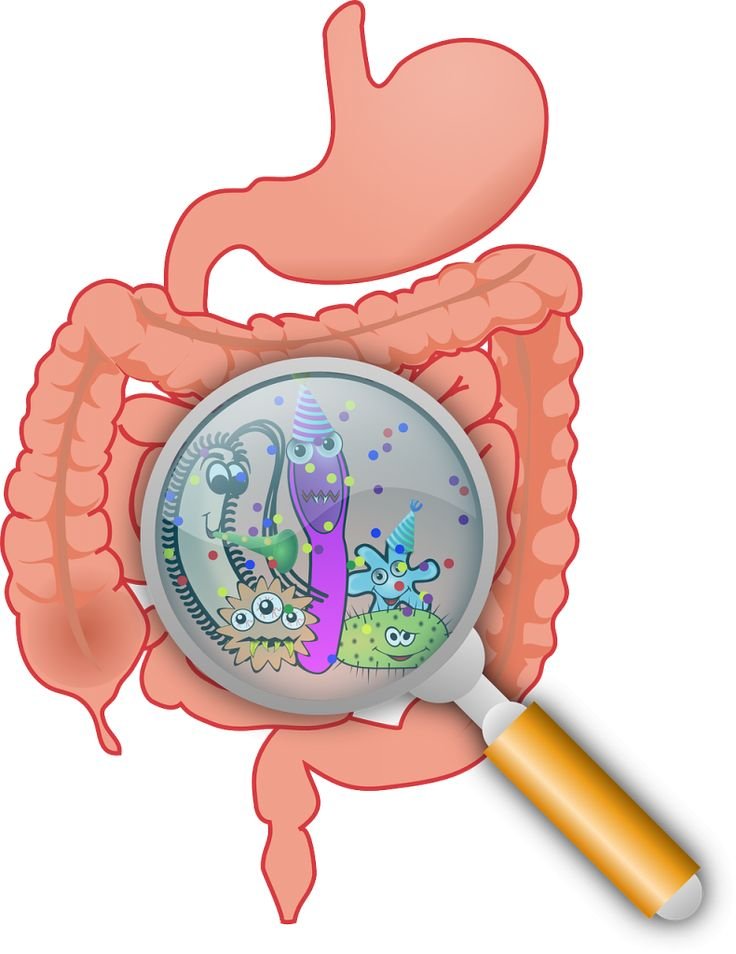
The “guts,” or more accurately, the gastrointestinal (GI) tract or digestive system, is a long, winding tube stretching from your mouth to your anus. Its primary function is to break down the food you eat, absorb vital nutrients, and eliminate waste.
READ MORE: 30-day Anti-Inflammatory Diet Plan [100% Efficient Tips]
Here’s how it generally works:
Mouth and Esophagus: Digestion begins in the mouth with chewing and saliva’s enzymes starting to break down carbohydrates. Food then travels down the esophagus into the stomach.
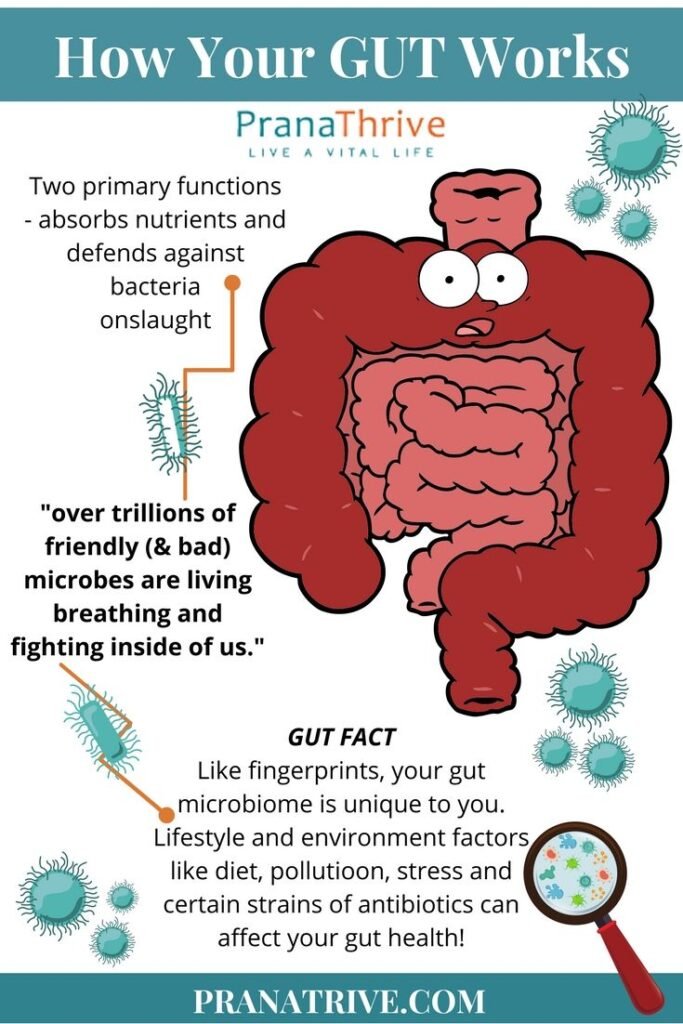
Stomach: Here, food is churned with powerful stomach acids and enzymes, primarily breaking down proteins.
Small Intestine: The partially digested food (chyme) moves into the small intestine. This is where most nutrient absorption occurs. Digestive enzymes from the pancreas and bile from the liver further break down carbohydrates, fats, and proteins into smaller components like simple sugars, fatty acids, and amino acids. These are then absorbed through the intestinal walls into the bloodstream.
Large Intestine: Undigested food and waste then enter the large intestine. This section absorbs water and forms stool. It’s also home to trillions of gut microbes, collectively known as the gut microbiota. These good bacteria ferment leftover dietary fiber, producing beneficial compounds and playing a crucial role in overall health and immune function.
Elimination: Finally, waste is eliminated from the body.
The Foundation: A Whole Foods Approach
The cornerstone of any gut-healing eating plan is a commitment to whole foods. Ditch the ultra-processed foods, which are often loaded with artificial sweeteners, unhealthy fats, and additives that can wreak havoc on your digestive systemand promote the growth of bad bacteria. Instead, focus on nutrient-dense, unadulterated ingredients that nourish your beneficial bacteria.
Fueling Your Good Bacteria: The Power of Prebiotics and Probiotics
Understanding the difference between prebiotics and probiotics is crucial for a healthy gut microbiome.
Probiotics: These are live microorganisms, the good gut bacteria themselves, that, when consumed in adequate amounts, confer a health benefit to the host. Think of them as reinforcements for your existing gut bugs.
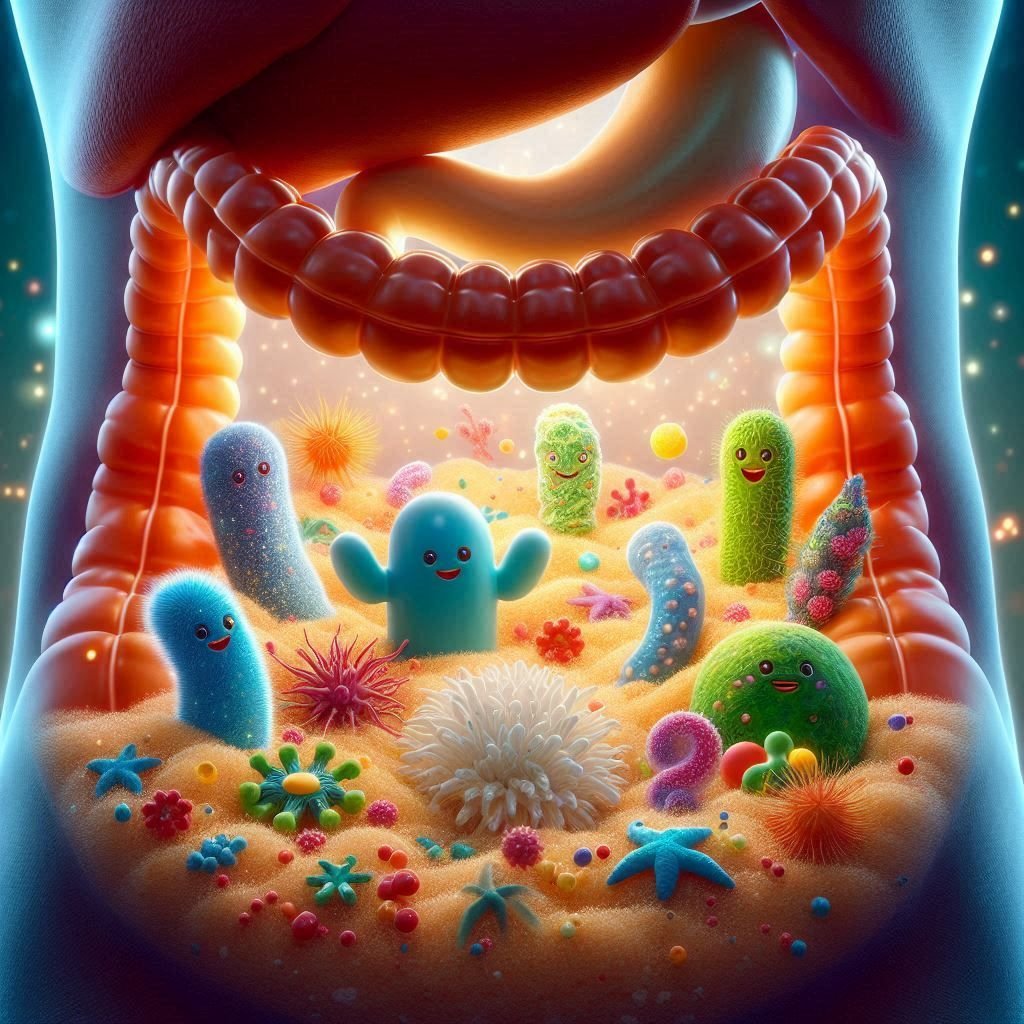
- Fermented Foods:These are your superstars! Through the fermentation process, beneficial bacteria convert sugars into lactic acid and other compounds, increasing the probiotic content of the food.
- Yogurt and Kefir: Opt for plain, unsweetened varieties with live and active cultures. These are excellent sources of diverse strains of healthy bacteria. If you have food intolerances to dairy, consider coconut milkor other plant-based fermented alternatives.
- Sauerkraut and Kimchi: These fermented vegetables are rich in probiotic foods and offer a tangy addition to your meals.
- Kombucha: This fermented tea is a popular choice, but be mindful of sugar content.
- Tempeh and Miso: These fermented soy products are staples in many Asian cuisines and provide valuable beneficial bacteria.Sourdough Bread: Traditional sourdough, made with a long fermentation process, can be easier to digest for some and contains beneficial microbes.
- Sourdough Bread: Traditional sourdough, made with a long fermentation process, can be easier to digest for some and contains beneficial microbes.
Prebiotics: These are types of non-digestible dietary fiber that act as “food” for your good gut bacteria, stimulating their growth and activity. Think of them as the fertilizer for your gut garden.
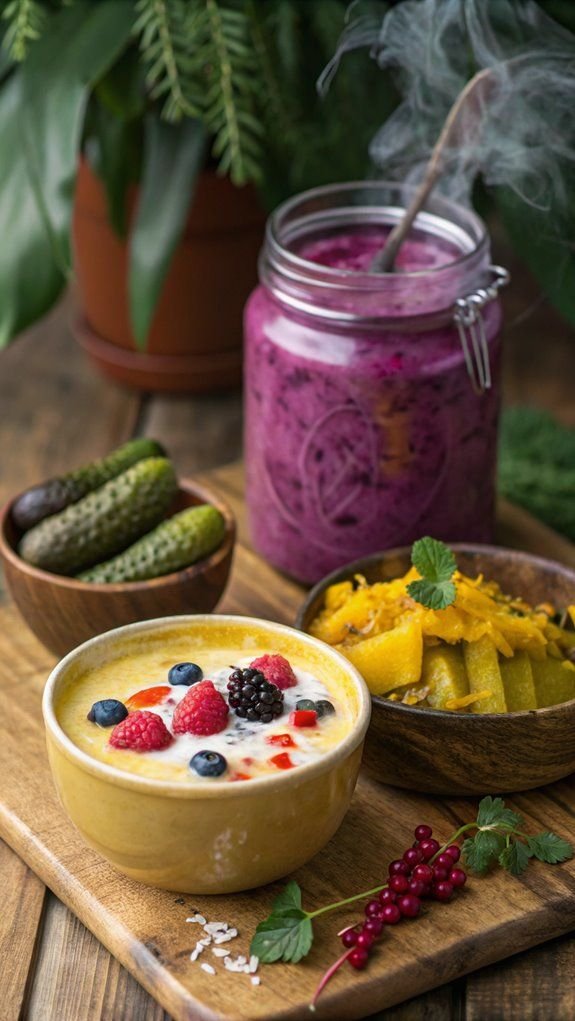
- Garlic and Onions: These pungent powerhouses are rich in inulin, a potent prebiotic fiber.
- Leeks and Asparagus: Excellent sources of prebiotics that support a balanced gut microbiome.
- Bananas (especially slightly green): Contain resistant starch, another form of prebiotic fiber that ferments in the large intestine.
- Oats: A fantastic source of soluble fiber, which acts as a prebiotic. Opt for whole, rolled oats rather than instant varieties.
- Apples: Pectin, a type of fiber found in apples, is a great prebiotic.
- Flaxseeds and Chia Seeds: These tiny seeds are packed with grams of fiber, including both soluble and insoluble types, which contribute to a healthy gut microbiome.
- Legumes (Beans, Lentils, Chickpeas): While they can cause gas for some, legumes are incredibly rich in dietary fiber that feeds your gut microbes. Introduce them slowly to allow your digestive system to adapt.
- Sweet Potatoes: A delicious and versatile vegetable that provides prebiotic fiber.
READ MORE: Best & worse food for Irritable Bowel Syndrome – Tips
Healing the Gut Lining: Essential Nutrients and Foods
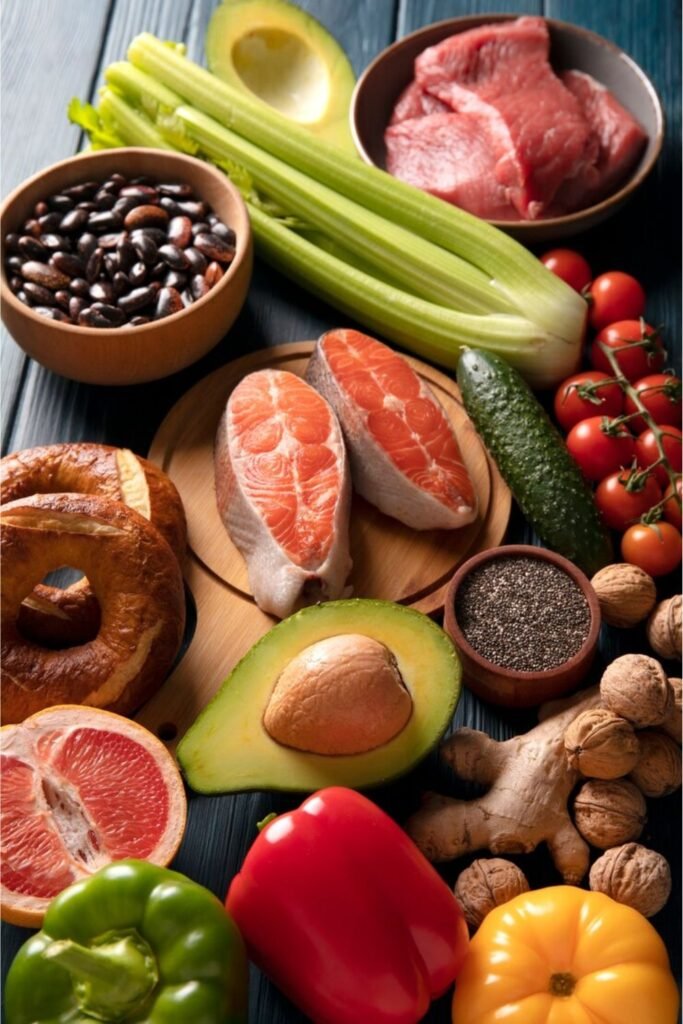
A compromised gut lining, often referred to as intestinal permeability or leaky gut syndrome, allows food particles, toxins, and microbes to pass into the bloodstream, triggering inflammation and potentially leading to food sensitivitiesand autoimmune diseases. The good news is that specific foods can help repair and strengthen your intestinal walls.
Bone Broth: This traditional elixir is often hailed as a gut-healing superstar. Rich in collagen, gelatin, and amino acids like glutamine, proline, and glycine, bone broth helps to repair the lining of the gut and reduce inflammation. Glutamine, in particular, is a crucial nutrient for the cells of the small intestine and large intestine. You can make it yourself or purchase high-quality, organic versions.
Fatty Fish: Salmon, mackerel, sardines, and other fatty fish are excellent sources of omega-3 fatty acids. These healthy fats are potent anti-inflammatory agents that can help soothe a troubled gut and contribute to a healthy immune system. They are essential for overall health, including heart health and reducing the risk of chronic inflammation.
Healthy Fats: Beyond fatty fish, incorporate other sources of healthy fats into your daily diet. Olive oil, particularly extra virgin, is a cornerstone of the Mediterranean diet and is known for its anti-inflammatory properties. Avocados, nuts, and seeds (like flaxseeds and chia seeds) also provide beneficial fats that support cell membrane integrity throughout your body, including your intestinal lining.
Leafy Greens: Spinach, kale, collard greens, and other leafy greens are packed with vitamins, minerals, and antioxidants. They are also a good source of dietary fiber and provide chlorophyll, which can have detoxifying effects. The vitamin C in many leafy greens is also vital for collagen production, supporting the integrity of your gut lining.
Cruciferous Vegetables: Broccoli, cauliflower, Brussels sprouts, and cabbage contain compounds that support detoxification pathways in the liver and can help reduce inflammation, indirectly benefiting the gut.
Citrus Fruits: Oranges, grapefruits, lemons, and limes are bursting with vitamin C, a powerful antioxidant that supports collagen synthesis, crucial for a strong gut lining. A squeeze of lemon juice in water can also aid digestion.
Gelatin: Similar to bone broth, gelatin (from grass-fed animals) can help to seal and heal the intestinal walls. It’s a great addition to smoothies or homemade desserts.
Zinc-Rich Foods: Zinc is vital for cell repair and immune function. Good sources include oysters, beef, pumpkin seeds, and cashews.
Vitamin D: This vitamin plays a crucial role in immune regulation and gut barrier function. While sunlight is the best source, you can also find it in fatty fish and fortified foods.
What to Limit or Avoid for Gut Healing
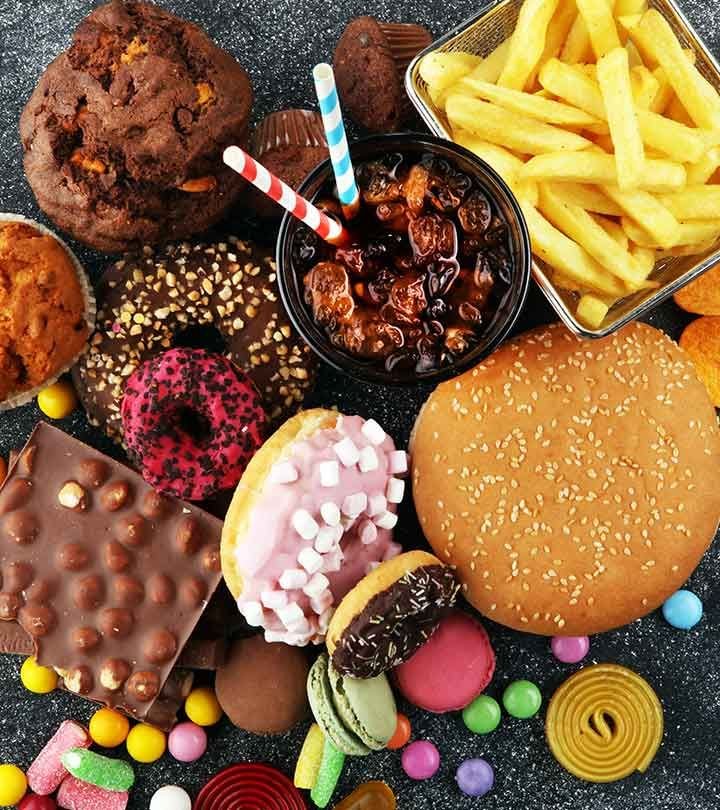
Just as important as what you put into your body is what you keep out.
Ultra-Processed Foods: As mentioned, these are detrimental to good gut health. They often contain emulsifiers, thickeners, and artificial ingredients that can disrupt the gut microbiota and promote inflammation.
Artificial Sweeteners: Research suggests that artificial sweeteners like sucralose and aspartame can negatively impact the gut microbiota, potentially leading to glucose intolerance and other health conditions.
Excess Sugar: High sugar intake feeds bad bacteria and can contribute to chronic inflammation throughout the body, including the gut.
Dairy Products (for some): For individuals with lactose intolerance or food sensitivities to dairy proteins, dairy products can exacerbate digestive symptoms like bloating, gas, and stomach pain. If you suspect dairy is an issue, try an elimination diet.
Gluten (for some): For individuals with celiac disease, gluten (a protein found in wheat, barley, and rye) causes severe damage to the small intestine. Even for those without celiac, some may experience food intolerances or sensitivities to gluten, leading to digestive issues. If you suspect gluten is an issue, a trial elimination can be beneficial. Look for gluten-free whole grains like brown rice, quinoa, and oats (certified gluten-free).
Excess Alcohol: Alcohol can irritate the digestive tract and disrupt the gut microbiota.
NSAIDs (Non-Steroidal Anti-Inflammatory Drugs): While sometimes necessary, long-term use of NSAIDs can damage the gut lining.
Red Meat (in excess): While not inherently bad, excessive consumption of red meat, particularly processed varieties, has been linked to changes in the gut microbiota that can contribute to inflammation. Focus on lean, grass-fed options in moderation.
Specific Considerations for Gut Health

Small Intestinal Bacterial Overgrowth (SIBO): This condition involves an overgrowth of bacteria in the small intestine. While many gut-healing foods are beneficial, some high-FODMAP (fermentable oligo-, di-, mono-saccharides, and polyols) foods, which are prebiotics, can worsen SIBO symptoms. If you suspect SIBO, consult with a healthcare professional for a specific eating plan.
Digestive Enzymes: For some, supplemental digestive enzymes can aid in the breakdown and absorption of nutrients, reducing the burden on the digestive system and alleviating digestive symptoms like bloating and acid reflux. This can be particularly helpful if your body isn’t producing enough of its own enzymes.
Probiotic Supplements: While obtaining probiotics from food is ideal, probiotic supplements can be beneficial, especially after antibiotic use or during periods of stress. Choose a high-quality supplement with diverse strains and a good CFU count, ideally recommended by a healthcare professional.
The Leaky Gut Diet: This is often a temporary, more restrictive eating plan designed to rapidly reduce inflammation and heal the gut lining. It typically involves eliminating common irritants and focusing on easily digestible, gut-healing foods. Always undertake such a diet under professional guidance.
Beyond Food: Lifestyle Factors for Gut Health
While food is paramount, remember that your gut health is also influenced by lifestyle:

- Stress Management: Chronic stress significantly impacts your digestive system. Practices like mindfulness, meditation, and yoga can help.
- Adequate Sleep: Poor sleep can negatively affect your gut microbiota. Aim for 7-9 hours of quality sleep per night.
- Regular Exercise: Physical activity can improve gut motility and promote a healthy gut microbiome.
- Hydration: Drinking plenty of water is essential for proper digestion and bowel regularity. Aim for at least 8 glasses of water daily.
- Mindful Eating: Slow down, chew your food thoroughly, and pay attention to your body’s hunger and fullness cues. This aids digestion and nutrient absorption.
The Path Forward: Your Gut Healing Journey
Healing your gut is not a sprint; it’s a marathon. It requires patience, consistency, and a willingness to listen to your body. As Wellness Warriors, you are equipped with the knowledge to make informed choices. By focusing on a healthy dietrich in whole foods, embracing probiotic foods and prebiotic foods, and supporting the integrity of your gut lining, you are taking the most powerful steps towards good gut health and ultimately, better health for your entire being.
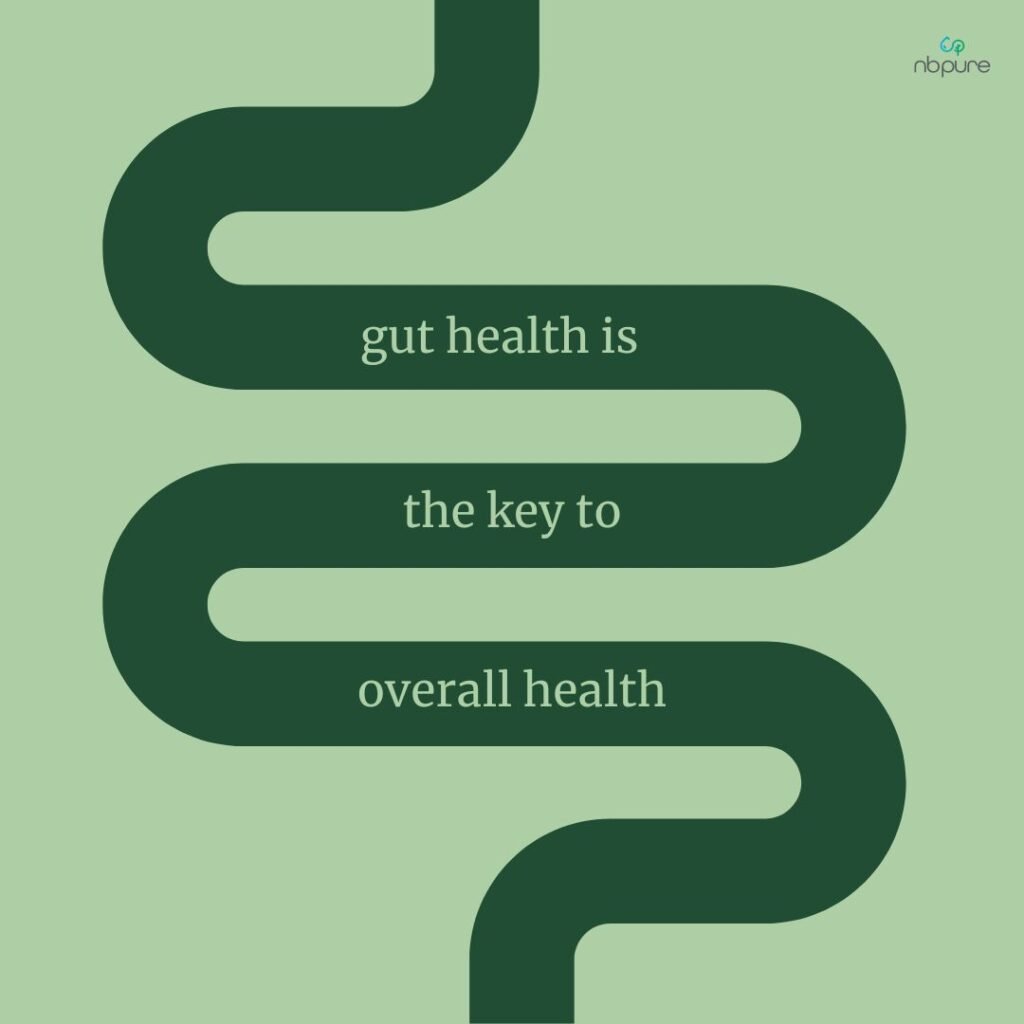
Remember, this article provides general information. If you have specific health conditions or severe digestive symptoms, always consult with a qualified healthcare professional, such as a gastroenterologist or a registered dietitian, for personalized advice. They can help you identify specific food intolerances or underlying health conditions and create a tailored eating plan.
Embrace the power of food, nurture your gut microbiota, and become the healthiest version of yourself. Your gut will thank you for it!

